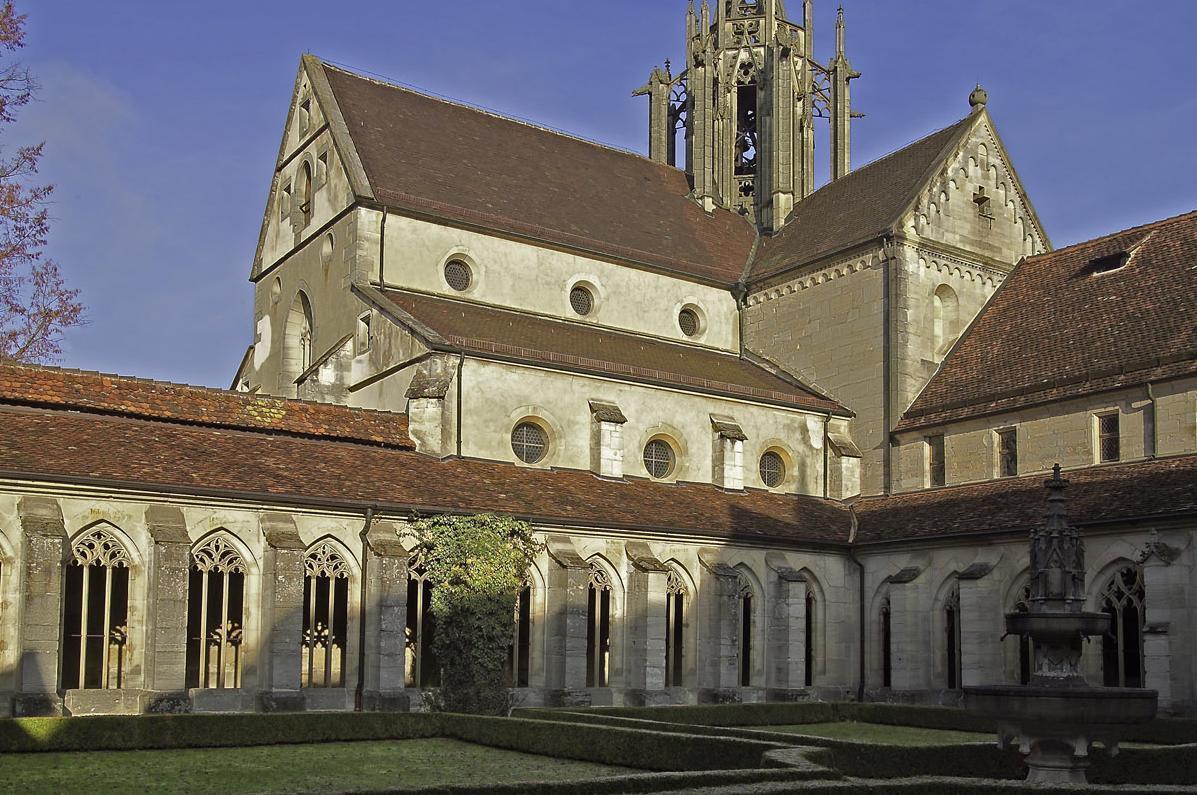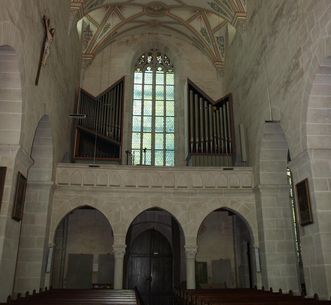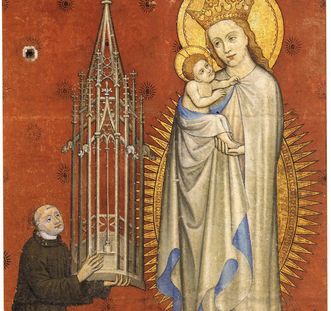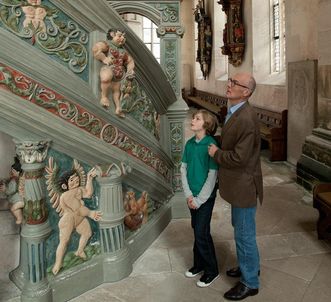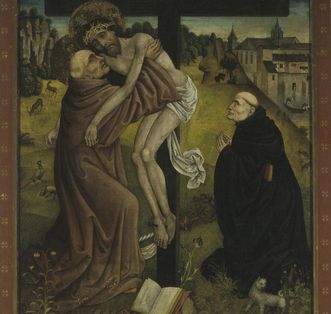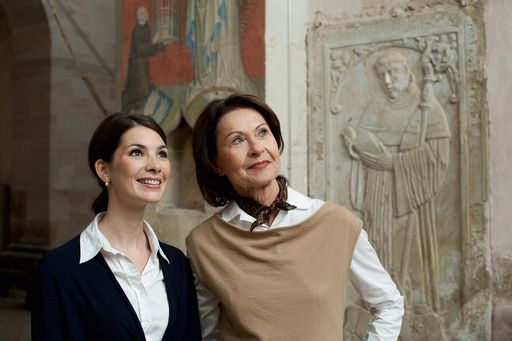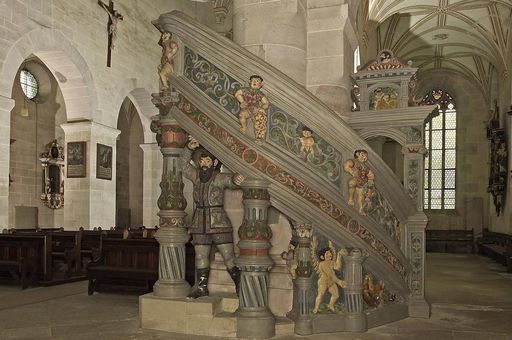Clear lines
The initial construction of the monastery church, undertaken by the Cistercians at the end of the 12th century, was completed quickly, allowing the Bishop of Constance to dedicate it in 1228. A flat-roofed, three-aisled columned basilica with minimally emphasized transept arms and a choir with a square silhouette, was typical for the architecture of the Cistercian order. Like all Cistercian buildings, the church was dedicated to their Patron Saint Mary, and was simple and without ornamentation.



